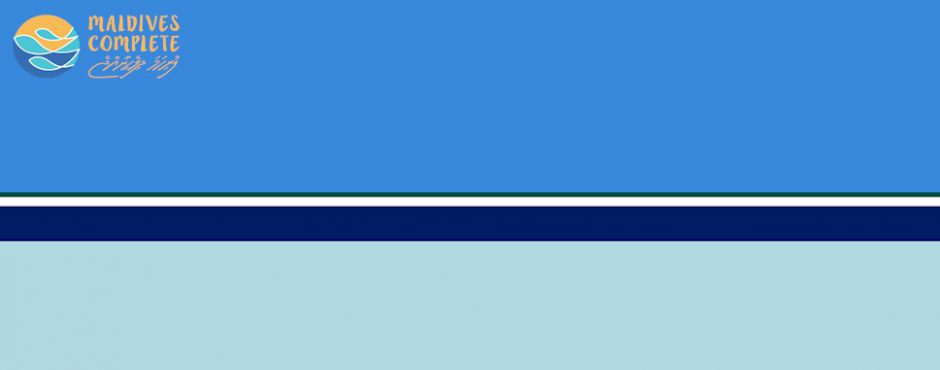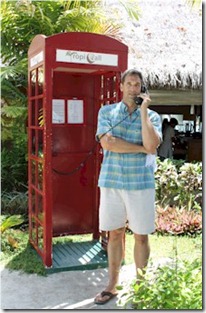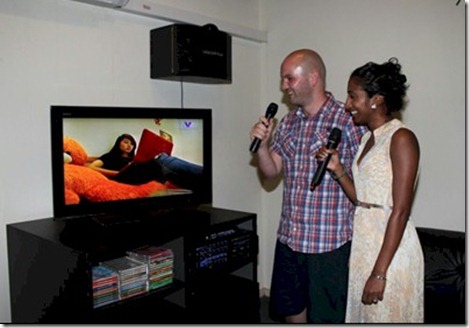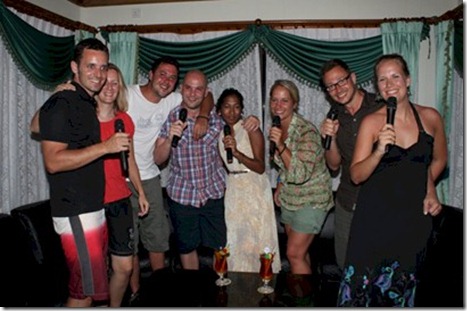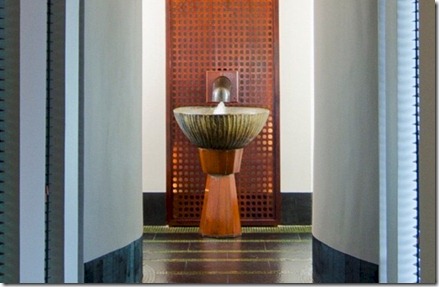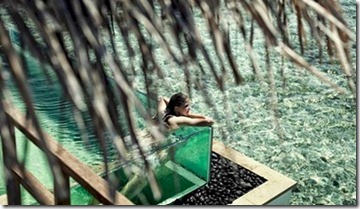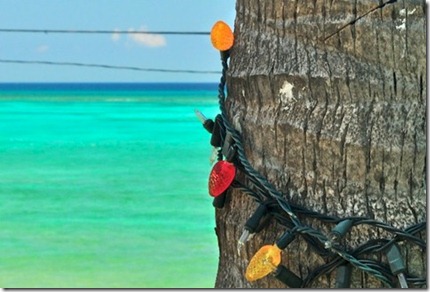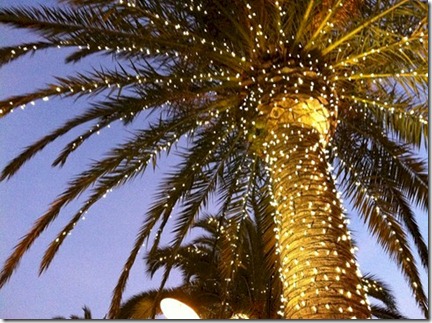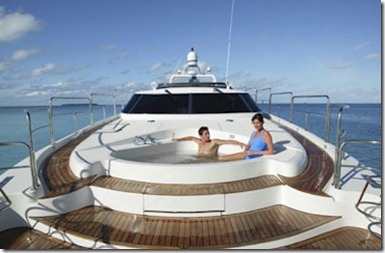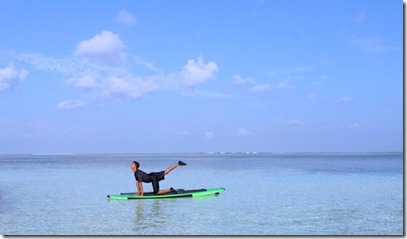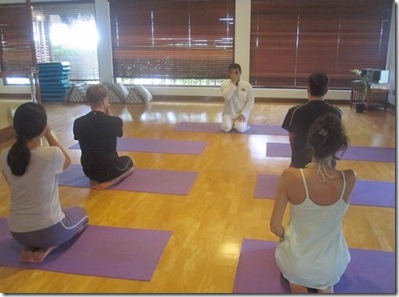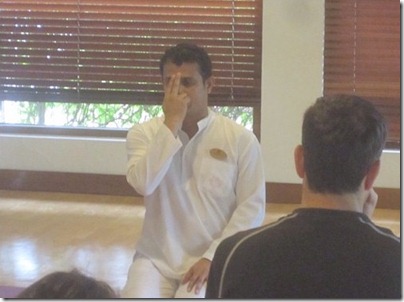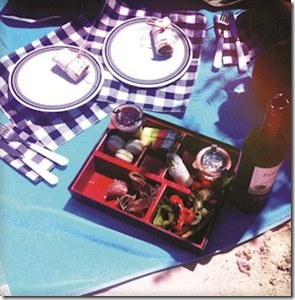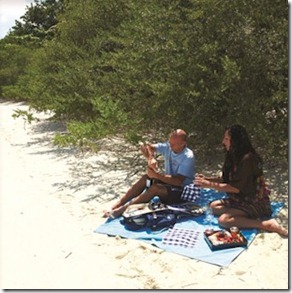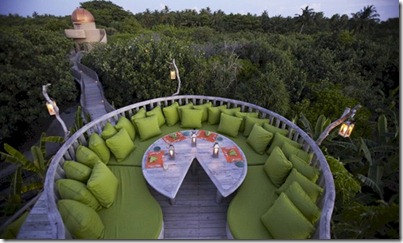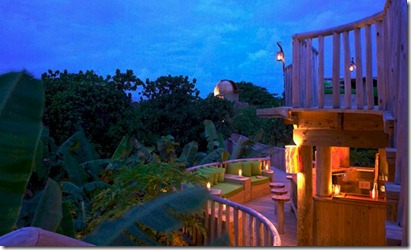If there is one day that you phone home it is typically New Year’s Day to wish your loved ones a Happy 2013. Last night, we had trouble getting our text messages to send because even the text traffic was jammed with well wishes.
For everyone sequestered away in the tropical spendor of the Maldives for their New Years, LUX* Maldives has a clever, colourful and considerate solution…a free phone booth. You can call anywhere in the world and talk as long as you like…
“Hotels used to profit from overpriced international phone calls before mobile phones tipped the balance back in favour of the guest. Now it the mobile phone networks who are cashing in as they charge an arm and a leg for roaming. We believe that holidays should be stress free, which is why if you explore our grounds you’ll find an old telephone box that houses a VOIP phone, which will let you make international calls free of charge.”
When I was at LUX* Maldives, I tried out the service (see above photo) to phone home and say hi to everyone and it worked a treat.
A most happy and paradise filled New Year to all the Maldives Complete supporters.
